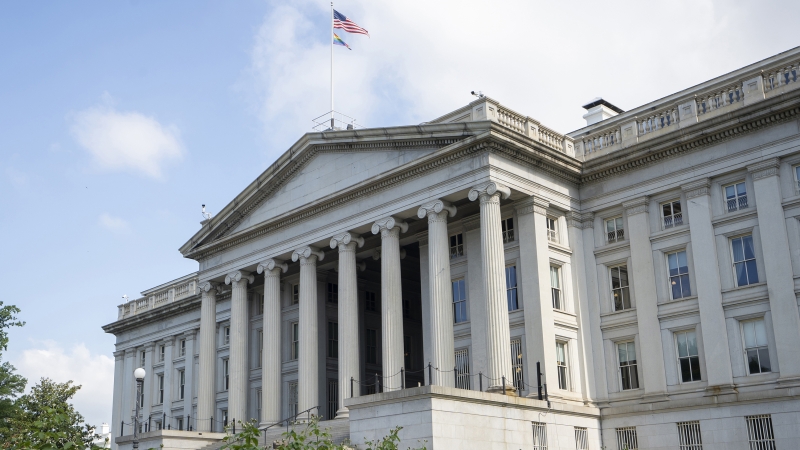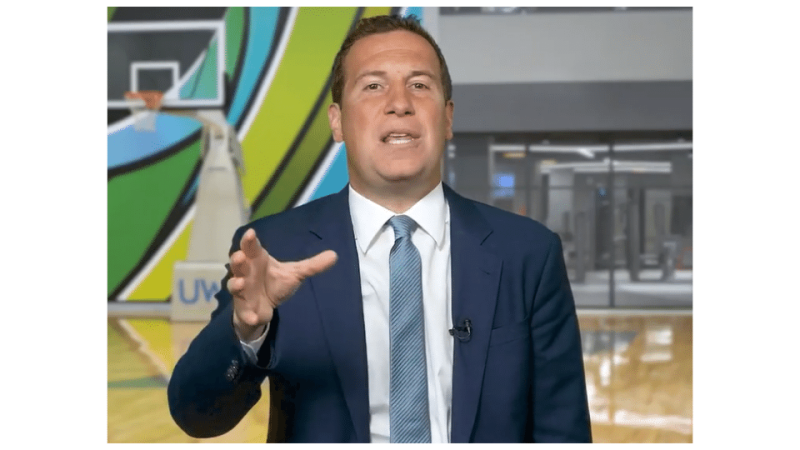While third-party providers offer a convenient solution, lenders who rely on these vendors often cannot fully understand or explain how valuation decisions were made to consumers. This opacity may mask issues like inaccuracies in inputs, or ineffective calculation methods that may not be readily apparent, posing potential regulatory issues if the lender cannot explain their lending decision. Last, some data has shown AVM tools can actually perpetuate and exacerbate bias issues. According to a study done by Urban Institute in 2020, AVMs in majority-Black neighborhoods produce larger errors, as a percentage of the underlying sales price, than AVMs in majority White neighborhoods. This is a weakness users of AVMs should be clear-eyed about. While machines should be able to process valuation data faster and more accurately than humans, these technologies are still far from perfect. Without proper governance, controls and data reviews, AVMs may put banks at risk of creating systematically over- or under-valued estimates.
Opportunities
With several systemic discrepancies in the appraisal process, there is a great opportunity for mortgage companies to improve their processes.
AI-Enhanced Risk & Control Framework
Regulatory pressures are unlikely to lessen, even in a tightening mortgage environment. With human error and the complexity that may be present in valuation models, lenders should seek additional risk and control measures that improve oversight and transparency into the valuation process. Artificial Intelligence (AI) can be used to analyze large amounts of data to identify potential bias, under- or over-valuation, as well as using “Learning and Adaption” to identify outliers and emerging risks. This allows lenders to focus their resources where they are needed most and improve the overall accuracy of valuations.
Leveraging AI to automate routine tasks can free reviewers to focus on more high-value and complex tasks. Using the AI model, lenders can evaluate the appraised value and provide alerts on areas of concern within the appraisal. This allows the underwriter or appraisal review team to increase their focus on potential issues that need to be addressed.
However, AI effectiveness relies largely on the quality of the data and the algorithms used and if not assessed thoroughly, it has the potential to mimic and even perpetuate human and societal bias. Therefore, lenders must establish robust data governance and validation processes to ensure that the data used for the analysis is accurate and reliable.
Appraiser Monitoring
Creative technology investments can give lenders the ability to have meaningful oversight in the mortgage origination process by creating frameworks to monitor appraisers’ behavior. Creating analytical models – potentially leveraging AI tools -- to monitor and compare appraisers can help identify overvaluation patterns and/or bias that may expose the lender to financial and reputational risk.
Lenders should consider creating robust dashboards to evaluate and compare appraisers on overall performance including quality, service and cost. Aggregating these trends and metrics is a powerful tool for lenders to assess the integrity and performance of the appraisers/appraisal management companies (AMCs). The ability to monitor appraiser activity may help banks identify appraisers who have shown instances of bias or overvaluations in their appraisal reports.
Lenders must consider an end-to-end process covering everything from monitoring, review, and enforcement and the specific data they have available to establish baselines and compare appraisal performance. Policies must clearly define the lender’s processes and procedures to add an appraiser/AMC to their panel, reconsider a value, or remove an appraiser/AMC.
Lenders must treat appraisers/AMCs consistently based on defined standards with supporting documentation to support corrective actions. With AI’s ability to evolve and improve over time, lenders have a powerful tool to continuously improve appraisal accuracy and service levels while reducing valuation risks.
AVM Selection/Data Selection
Banks should consider re-evaluating their appraisal automation tools on a periodic basis to maximize the efficacy of estimates and minimize risk. Thorough model and vendor reviews can evaluate the data elements available vs. those being used and determine how banks can improve the accuracy of model outputs, as well as identify systemic bias. Thoughtful reviews should include model competition to determine which models and methodologies perform best under a variety of conditions and geographies.
Conclusion
The mortgage origination industry is confronting some concerning headwinds in 2023. Addressing the shortcomings of the appraisal process is a challenging but critical step to helping protect lenders not just survive but thrive. Fortunately, the available AI tools may be part of the solution. They can increase productivity and speed and extract insights from data that are not otherwise humanly possible at scale. By leveraging these tools, establishing strong policies, and implementing robust, multi-dimensional scorecards to monitor appraisers/AMCs, banks can maintain confidence in valuations used in mortgage underwriting.
Additionally, mortgage bankers can establish periodic reviews of AVM models and the risk and control frameworks around them. These measures enable banks to reap the benefits of a more profitable book of mortgage business. At the same time, they can ensure that they are doing the right thing by their homeowners by providing accuracy and avoiding the unconscious and conscious bias that can emerge when individuals make decisions in a vacuum.
Vicki Bott and David Stadler are both engagement directors with Reference Point, a technology consulting firm.











